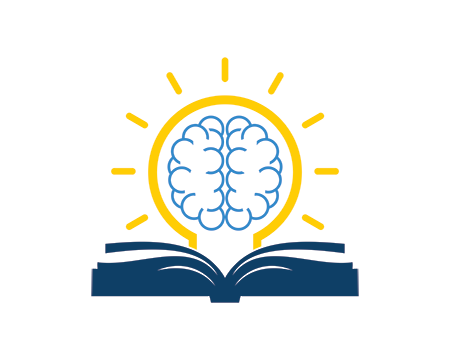Reading is not a natural skill our brains are meant perform. Unlike oral language that can be learned and evolve from the day we are born, reading is connected with countless hours of intensive practice and unique skills that must work together to create proficient reading abilities. Below are charts to visually represent the complexities of reading.
SVR (Simple View of Reading)

In 1986 to researchers named Gough and Tunmer created the Simple View of Reading (SVR) concept. As the model above shows, Gough and Tunmer discovered that this formula is the key to successful reading comprehension. Although you can find this formula in a variety of different models, visual aids, etc. They all have the same concept in mind. A reader must have solid decoding and linguistic comprehension skills to become proficient in reading comprehension.
Scarborough’s Rope

Similar to the Simple View of Reading model, Dr. Hollis Scarborough created the figure above to show the necessities of skilled readers. However, while the SVR model is simplistic, the 2001 figure represents a richer informative for successful reading. Dr. Hollis viewed skilled reading skills like a rope. Each strand on its own is obviously important but it is small and not helpful on its own. However, combine a bunch of small, important strands of rope into one large rope and the rope becomes incredibly strong with an immense amount of knowledge to create incredible reading comprehension. Without one of the strands, the rope becomes weakened and can cause frustrations throughout a reader’s life. All strands of Language Comprehension and Word Recognition are crucial to becoming a skilled reader.
National Reading Panel


Established in 1997 by the U.S. Department of Education, the National Reading Panel was created as a way to evaluate existing research and evidence to find the best way to teach children to read. Through research, the panel found that reading comprehension consists of basic foundational skills found in the figure above.
Science of Reading

Science of Reading consists of all research, methods, and approaches that promote positive learning advances in reading. The Simple View of Reading (SVR) model, Scarborough’s Rope, and research found from the National Reading Panel are all examples of research that would be acceptable research found in Science of Reading.